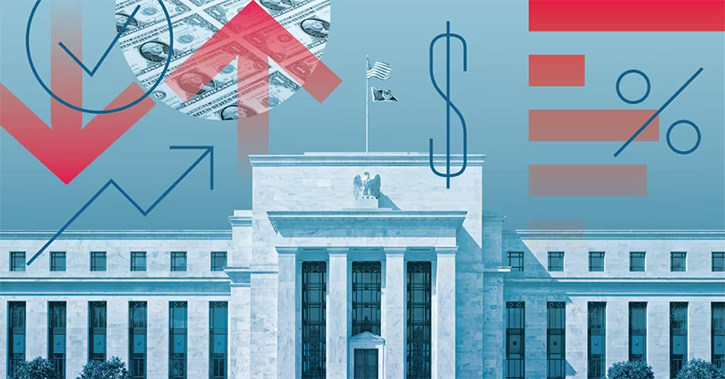Dan Rohr: Beijing's decision to devalue the RMB [renminbi, or yuan] rattled already jittery financial markets. There's certainly good reason to be concerned. After all, the past 30 years is littered with examples of devaluations triggering global crises.
So, it's worth getting a handle on what Beijing aims to accomplish with the devaluation. If you subscribe to the theory that they're trying to prop up exports, it's possible that a 30% to 40% fall in the RMB is in the cards, which would be immensely destabilizing to global trade and global capital flows.
We don't think that's what we're likely to see because we don't think export competitiveness was the PBOC's [People's Bank of China] principal objective. Net exports are only 2.7% of Chinese GDP today. If Beijing wants to boost economic growth, devaluation is not the way they're gonna do it. After all, back in 2008, exports were three times as important to Chinese GDP. Yet, even then, with the onset of the global financial crisis, Beijing did not resort to a major devaluation.
So, what's Beijing's real motivation? Two things: First, RMB internationalization. They want to see trade settled in RMB, and they want to see global portfolios hold RMB assets. They're not going to achieve that objective by letting the RMB crash 30% versus the dollar.
The second thing: capital flows. China has been trying to stimulate the domestic economy by cutting rates and by cutting the amount of deposits banks are required to hold at the PBOC. Capital outflows have been blunting the impact of that effort.
Beijing hopes that by allowing the RMB to devalue, they reduce the incentive for capital to exit. Of course, in doing so, they also run the risk of catalyzing an increase in capital outflows if the initial devaluation shifted investor expectations.
That's why we'll be keeping a close eye on offshore RMB trading and capital flows in the months to come, rather than focusing on the health of China's export sector.




















